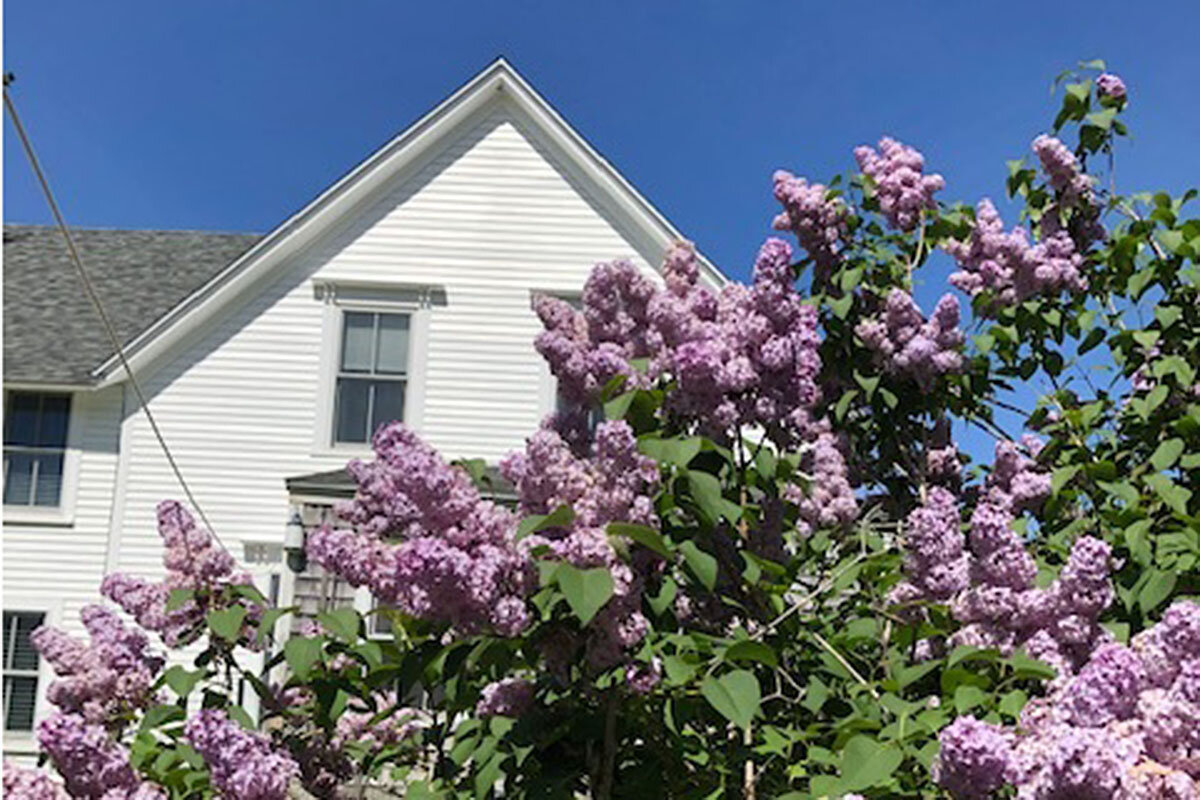Of lilacs, Memorial Day, and remembrance

 Peter Grier
Peter Grier
When I think of Memorial Day I think of lilacs.
In much of the northern United States, lilacs bloom in May and are the flower of ritual remembrance. As a child my wife gathered armloads of lilacs on Memorial Day to place on Civil War graves in her small Massachusetts town. At our family home in rural Maine our huge, ancient lilac is blooming today outside the window of my study, its panicles bobbing in the wind, deep purple against the sharp blue of the sky.
Other children must have gathered its flowers a century ago to take down the hill to the cemetery next to the inlet, where the oldest graves date to the era of the Revolution.
Memorial Day and flowers are inextricably entwined. It used to be called Decoration Day, and lilacs – and daisies, shadbush, and whatever else was in bloom – were the decorations. On May 1, 1865, Black residents of Charleston, South Carolina, carried armfuls of roses in a parade to honor Union prisoners who died in the city, in a pioneering memorial celebration. In 1868 an Army general issued an order for veterans to decorate graves of dead comrades with the “choicest flowers of spring time” – the first official Memorial Day recognition.
Lilacs are indeed choice flowers, fragrant, long-lasting, and colorful. Throughout rural New England they stand in meadows and forests, blooming in May, marking where homes and farms once stood. Buildings have fallen in, and fields grown over. Once-cherished lilacs survive. They are flowers of remembrance – and perseverance as well.




